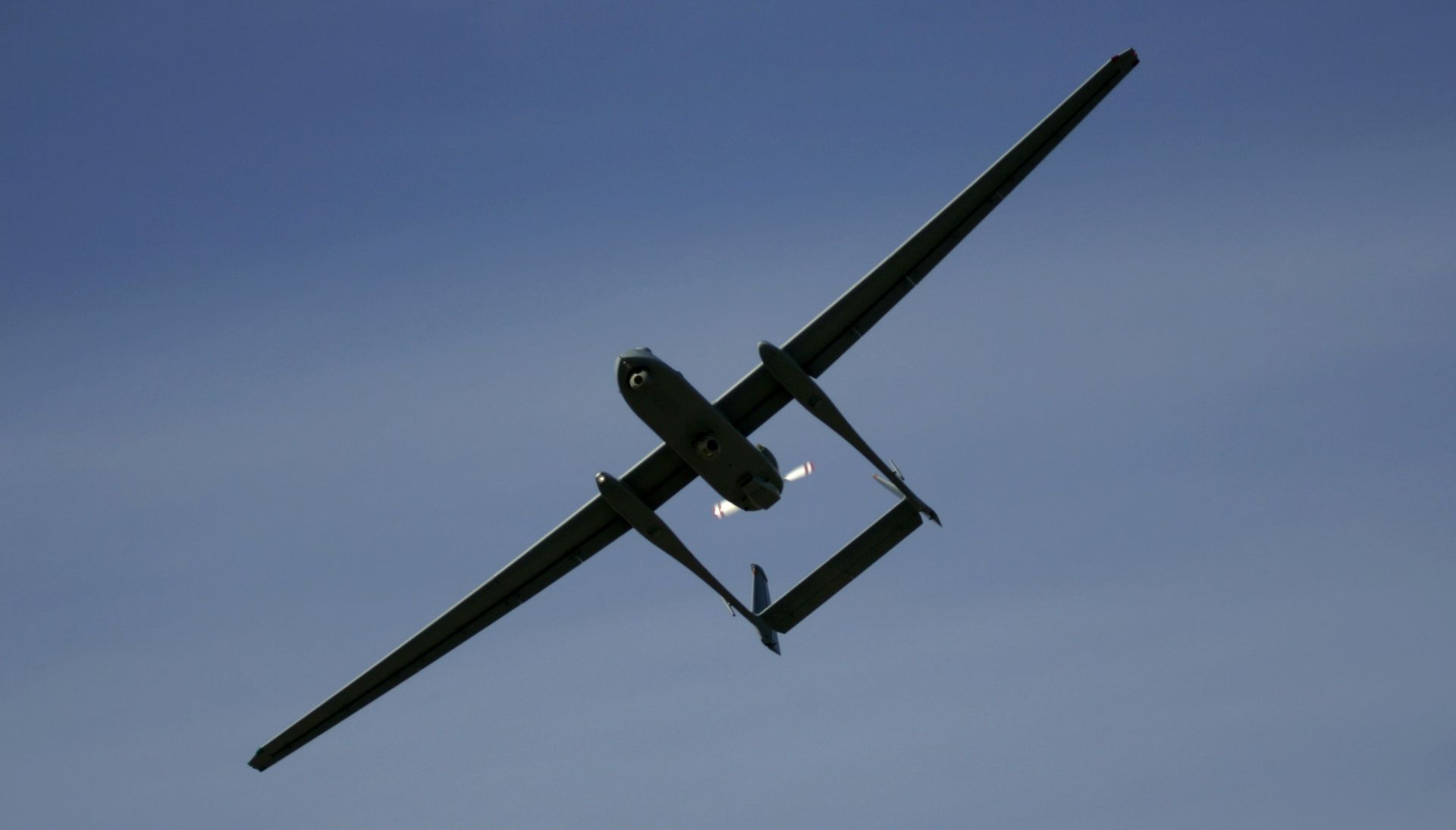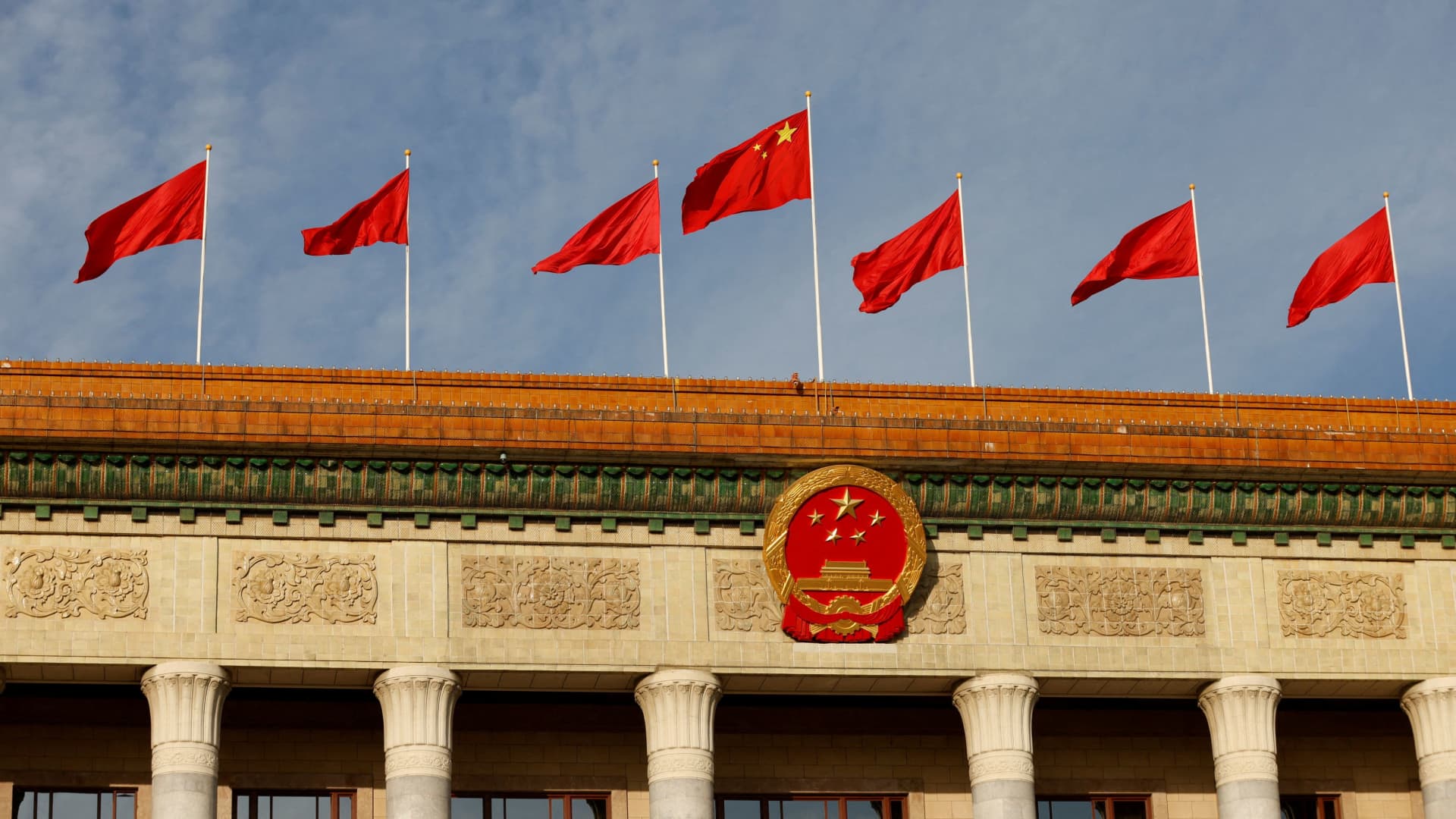The implementation of Agnipath scheme for recruitment of soldiers is a major step taken by the govt to enable the armed forces to evolve rapidly into a modern force with cutting edge technologies
by Ranjit Kumar
Amid lingering doubts and opposition from various quarters about the rationale of effecting a radical change in soldier recruitment system, the Agnipath scheme seems to be stabilising and yielding young and quality manpower for the armed forces, with two batches of Agniveers coming out with flying colours after a six-month training. The Agnipath scheme first announced on June 14, 2022, was described as a transformational reform for the armed forces and the nation, and aimed to bring paradigm changes in the human resources management of the Indian armed forces.
Young boys and girls, selected under the ‘Agnipath Scheme’ and to be known as Agniveers, are to serve in the armed forces for a period of four years and the best 25 percent from each batch will be selected for regular cadre to serve for another 15 years. Nearly 46,000 Agniveers across the tri-service will be selected as soldiers, airmen and sailors each year on all-India-all-class basis. This will change the composition of the British era regimental culture of the Army that hires youth only from a particular caste- or community-based regiment. At present, the Sikh Regiment, the Rajput Regiment, the Maratha Regiment, the Jat Regiment engage soldiers of that particular caste or community. The Agnipath scheme aims to bring down the average age of soldiers to 26 in six to seven years against =the current average of 32 years.
Defence officials claim that the youthful profile of the armed forces will provide a fresh lease of “josh and jasba (drive and passion)”, bringing out a transformational shift towards a more techno-savvy armed forces. It was also claimed that the Army will continue to retain its rich legacy, history, traditions, military values and culture based on the principles of cohesiveness, camaraderie, esprit de corps, and the core ethos of “Naam, Namak aur Nishaan (Name, Salt, and Flag/Ensign)”. The Agniveers would form a distinct rank in the armed forces, different from any other existing rank. After the completion of four years, the Agniveers will go back to the civil society. However, based on organisational requirements and policies promulgated by the armed forces, these Agniveers will be offered an opportunity to apply for enrolment in the defence forces in the regular cadre.
The ‘Bolt Out of The Blue’
The Agnipath scheme has received a mixed reaction from the military veterans, with none other than the previous Army Chief General MM Naravane, during whose tenure the Agnipath scheme was introduced, saying it surprised many. In his memoir, Four Stars of Destiny, the former Army Chief said it was a “bolt out of the blue” for the Navy and the Air Force, and it took some time for the service chiefs to understand that the initial proposal he had made in 2020, titled ‘Tour Of Duty’, which eventually became the changed format of the Agnipath scheme, had only been for recruitment in a limited manner for the Army, and that he had been equally surprised by its unexpected broader implementation. General Naravane has also revealed that the proposed starting salary was only ₹20,000, which was later increased to ₹30,000 on his insistence.
Some of the veterans also dubbed the Agniveers’ truncated 31-week training period as inadequate, as till now personnel below officer ranks are trained for about 3-5 years after an initial 18-24 months of instruction to convert them into battle-worthy and suitably proficient soldiers. The tech-oriented Air Force and Navy also require extensive training before inducting the personnel into service.
However, some other veterans contend that considering huge pension liability on the armed forces, future tech-oriented soldiers were needed to be trained in short period to enable them to serve in the armed forces for 15 years, during which they will be full of vigour and vitality to give their best to the armed forces and the nation. When they are decommissioned from the service, in the prime of their youth, they will be best suited to serve the nation in the civilian sector as a trained and disciplined person. The armed forces are devising unique training module to convert the young boys and girls into fighting soldiers, fully dedicated to the nation. They also contend that the training module will keep changing and improvised according to initial experience and future requirement. Since Indian soldiers are deployed on terrains ranging from the freezing Himalayan heights to sweltering Rajasthan desert, they are trained for all the terrains and weather, and hence considered to be most battle-hardened.
‘Essential Step To Ensure We Stay On Course
Regarding the caste- or community-based regiment, Army Chief General Manoj Pandey has expressed his view that 75 percent of the units are already all- India-all-class based, and only a limited number of regiments have class composition. This will widen the recruitment base and provide equal opportunity to all. Navy Chief Admiral R. Hari Kumar has opined, “In today’s dynamic security scenario Agnipath initiative is an essential step to ensure that we stay on course.”
In 2019-20, the Army recruited 80,572 Jawans, after which Covid halted soldiers recruitment and since then there has been no entry in personnel-below-officer-rank cadre, which has left 46 regimental training centres with no fresh batches. The soldiers are the backbones of national security and they need to be nurtured with care in the present security scenario, in which the pressure on Indian’s territorial integrity is growing.
The Service headquarters are cognisant of the challenges the soldiers face not only in the battlefield but within the borders where they are required to deal with well-equipped terrorist forces. Also, the future wars will be fought with artificial intelligence, autonomous systems, cyber space and space-based ISR (Intelligence, Surveillance and Reconnaissance). The implementation of the Agnipath scheme for recruitment of soldiers is one of the major steps taken by the government to enable the armed forces to evolve rapidly into a modern fighting force with cutting edge technologies. The Agnipath scheme will result in a youthful and tech-savvy profile of the armed forces. The armed forces will ensure that the soldiers are trained in a way that they face the most modern army in most adverse circumstances in a fully professional manner.
The author is a senior journalist and strategic affairs analyst


















.jpg)


Discussion about this post